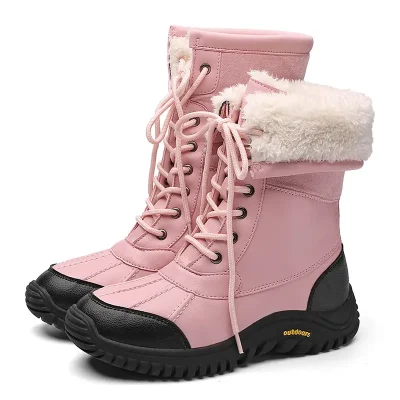Choosing the best sole for your boots depends on various factors, including the intended use of the boots, the environment you’ll be in, and your personal comfort preferences. Here’s a detailed guide to help you make an informed decision:
1. Identify the Purpose of Your Boots
Different activities require different types of soles:
- Hiking: Look for soles with good traction and stability, often made of rubber with a lug pattern for better grip on various terrains.
- Work: Safety is key. Consider soles with slip-resistance, oil resistance, and puncture protection. Steel toes or composite toes may also be necessary.
- Casual Wear: Comfort and flexibility are important. Lightweight soles with good cushioning are ideal.
- Winter: Insulated soles with good traction to prevent slipping on ice and snow.
- Fashion: Prioritize style but also consider comfort and durability.
2. Material of the Sole
- Rubber: Durable, waterproof, and provides good traction. Ideal for hiking, work, and winter boots.
- Leather: Offers a classic look and is often used in dress boots. It’s less durable and has less grip compared to rubber.
- Thermoplastic Polyurethane (TPU): Durable and flexible, good for outdoor activities.
- Polyurethane (PU): Lightweight and comfortable but can wear out faster than rubber.
3. Tread Pattern
- Lug Soles: Deep indentations for excellent traction on rough terrain. Great for hiking and outdoor activities.
- Smooth Soles: Less traction, often used in dress and fashion boots for a sleek look.
- Multi-Directional Treads: Provides grip in various directions, ideal for sports and active use.
4. Cushioning and Support
- Midsole Material: Look for EVA (ethylene-vinyl acetate) or PU midsoles for cushioning and shock absorption.
- Arch Support: Consider soles with built-in arch support for better comfort, especially if you’ll be wearing the boots for long periods.
5. Waterproofing and Insulation
- Waterproof Soles: Rubber and TPU soles are generally waterproof.
- Insulated Soles: For cold weather, choose soles with thermal insulation to keep your feet warm.
6. Flexibility and Weight
- Flexible Soles: Good for casual and lightweight boots, allowing more natural movement.
- Stiffer Soles: Provide better support for heavy-duty work or hiking boots, though they might be less comfortable initially.
7. Durability
- Heavy-Duty Soles: Such as those made from Vibram, known for their durability and high performance in rugged conditions.
- Replaceable Soles: Consider boots with soles that can be easily replaced to extend the life of the boots.
8. Slip Resistance
- Outsoles with Good Traction: Look for soles tested for slip resistance, especially important for work boots in slippery environments.
9. Brand and Reviews
- Reputable Brands: Brands like Vibram, Danner, and Red Wing are known for high-quality soles.
- Customer Reviews: Read reviews and testimonials to gauge real-world performance and comfort.
10. Fit and Comfort
- Try Before Buying: If possible, try the boots on with the socks you plan to wear to ensure a good fit and comfort.
- Break-in Period: Some soles, especially leather, require a break-in period. Be aware of this when making your decision.
By considering these factors, you can choose the best sole for your boots that matches your specific needs and preferences.
4o


















